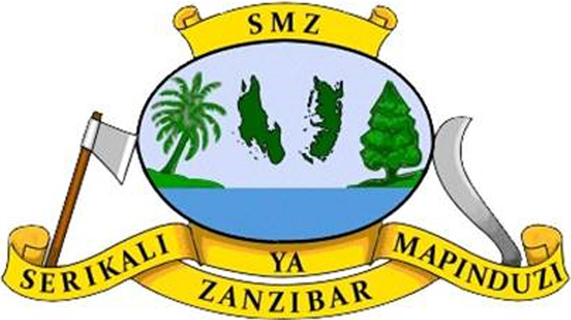Subject and Topic
Description
- Predict, qualitatively, how an external force will affect the speed and direction of an object's motion.
- Explain the effects with the help of a free body diagram.
- Use free body diagrams to draw position, velocity, acceleration and force graphs and vice versa.
- Explain how the graphs relate to one another.
- Given a scenario or a graph, sketch all four graphs.
Language
English
Resource Type
Publisher
pHET Interactive Simulations
Publication Date
Copyright Licence
Copyright Holder


